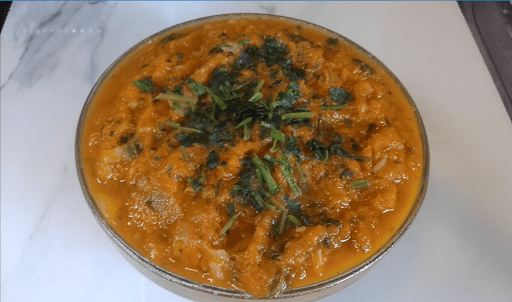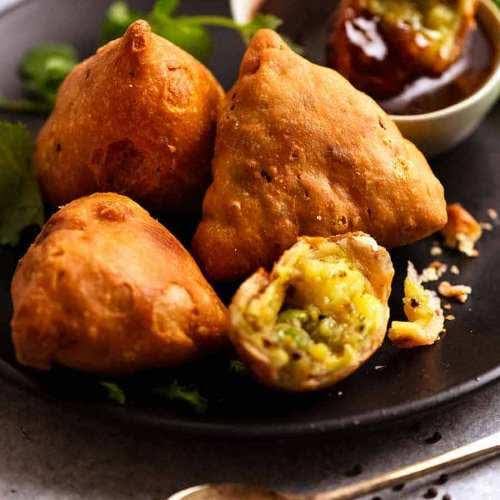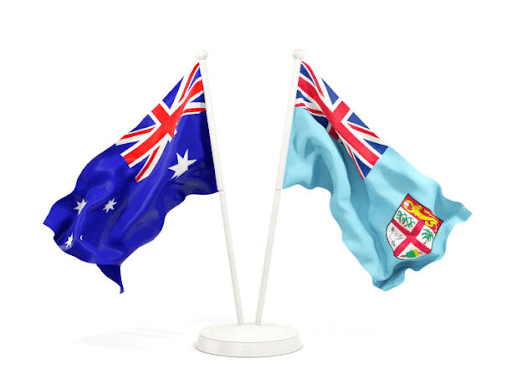Must-try fruits that are native to Fiji
The foods of Fiji can be described in two words, ‘diverse and complex’. It is diverse because of Fiji’s multiculturalism and complex because, indigenously, food carries traditional and ritualistic notions. For more, read up on our article about indigenous food tradition and rituals. This list combines fruit and all food groups alike – capturing more importantly their authenticity to the islands.
Dalo
Having a taste of Fijian cuisine wherever you may be, you must take advantage of one of the few root crops that make up the usual Fijian diet, na (the) Dalo or Taro in English. The Dalo (Colocasia esculenta) is even part of Fiji’s indigenous ceremonial dish known as a magiti. According to Nature Fiji- Mareqeti Viti, there are about 125 varieties of the Taro plant in Fiji. A Fiji Times article states that about 55 Dalo varieties, pronounced ‘ndah-lo’, were recently introduced by early settlers and the rest have been around since 700AD, aboriginally being introduced from Melanesia and Polynesian.
Dawa
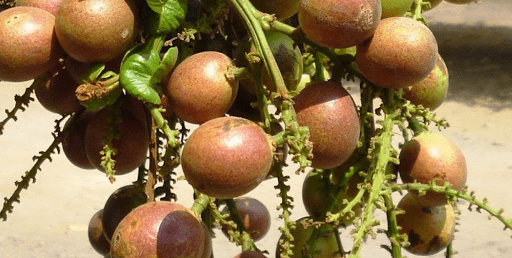
Scientifically known as Pommetia Pinnata, the fruit has an interior white juicy grape-like texture framing a large seed. Commonly known as the Fijian Longan, the Dawa, pronounced ‘nda-wah’, is usually in season from the end to the beginning of another year. There are about 5 varieties of the Dawa fruit present in Fiji, and the plant is endemic in Asia and the Pacific islands. In some parts of Fiji, it is even a main ingredient for a Fijian dish called, Madrai ni Viti, which is basically just fermented starch food. When in season, it is often a favourite for children.
Ivi
The Tahitian Chestnut fruit is one of Fiji’s most common pastime native foods. The fruit is native to the South Pacific, including some parts of Southeast Asia – such as Java, one of Indonesia’s main islands. Fruits from the Ivi tree are collected and cooked in water for an hour or more. Ivi, pronounced ‘e-vee’, is mostly in season from April to June and will be a popular sight in Fiji’s towns and city markets, and even by the roadside. Grab yourself a bag and have a try, it goes well with almost everything, including your cup of tea.
Kavika
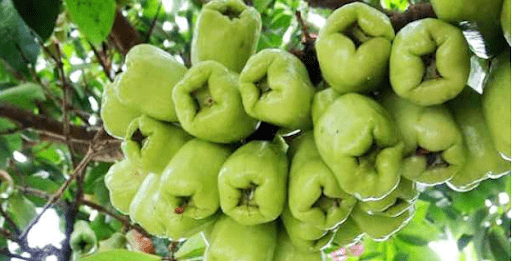
The Malay Apple is endemic throughout Southeast Asia to the Pacific. Pronounced as, ‘Kah-vee-kah’, the fruit is usually in season from the last three months of the year, October, November and December. When ripening its tree will produce bristle-looking scarlet flowers. Its fruit, pinkish red in colour, produces a juice that is sometimes either deliciously sweet or watery and flavourless. There are two varieties of the fruit in Fiji, a Kavika damu (red Malay Apple) and Kavika vula (white/greenish Malay Apple).
Niu
The most common coastal tree you’ll see when visiting any island, the Niu (nee-ooh), as it’s known locally or the coconut tree, to put it in English, is also native to Fiji. Coconuts are a big part of Fiji. Whether native or migrant cultures, every part of this tree is useful to Fijians. It is used for baskets (leaves), brooms (leaves), magimagi (coconut exocarp) and most importantly, the coconuts are known for their rich, creamy milk and lovely body oil. Island people consider coconuts a daily part of their daily diet, always accompanied by a diverse range of seafood.
Tarawau
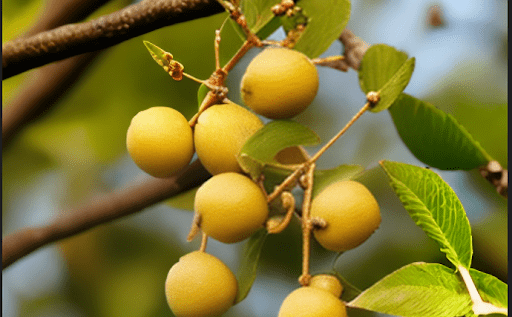
The Tarawau fruit belongs to the Dracontomelon plant family and is endemic to Southeast Asia and the Pacific islands. Similar to the Ivi nuts, this will be most popular among market vendors when it is in season and you can expect this around mid-year from June to July and maybe early August. When the fruit turns yellow, you’ll know that it is ripe and the fruit will be at its sweetest. If you’re in Fiji in the mid-year then don’t hesitate to get some, fruits are usually packed in small brown paper bags and cost FJD2 (USD0.90).
Tavola

Known by many names but perhaps the most common terms are Polynesian or Fiji Almond. The Tavola (tah-vo-lah) nut tree can be found near coasts and on a rare occasion, further inland as well. These trees have large leaves that are glossy and dark and can grow to be around 40 metres tall. Its timber is highly-regarded by Fijians; it is used for Lali’s (large traditional Fijian drums) to be the best at hauling sound. The tree sprouts new leaves around October. Although it takes its name and appearance from an almond it does however lack the sweet taste that its counterpart has, containing a bland flavour about it.
Uto
The Uto (ooh-toe) or more popular, breadfruit was first acknowledged by the famous Captain James Cook in Tahiti during one of his early voyages. The Uto is used in many meals including ceremonial feasts and its leaves can be used as plates, due to its oddly large size. There are about 40 varieties available in Fiji and harvest time is from March to April, but recent harvest times have extended beyond these months, going as late as mid-June.
Vudi
Belonging to the plantain family, this plant has been around since pre-European times. Today, there’s at least several introduced varieties in the country and to separate native varieties from the introduced ones, Fijians have classified the endemic species as, Vudi dina (true Vudi). Vudi is hardly eaten raw but rather cooked (usually the ones that are overly ripe) in coconut cream or just in water with added sugar, this is known as ‘Vudi Vakasoso’.
Most of these fruit trees are also sacred amongst Fijians, considered a totemic identity for them. For instance, the Uto which is known in Vuda as the Kulu, cannot be talked about freely or jokingly. Many island and coastal people also consider Ivi (Tahitian chestnut) to be a totemic identity or as Fijians say, ‘na kau’.
Find out what are the must-try popular Fijian dishes.

